Sheet Metals
Sheet metal fabrication uses materials like steel, stainless steel, aluminum, copper, and brass, each chosen for properties such as strength, corrosion resistance, and weight. Selecting the right material is essential for achieving durability, precision, and cost-effectiveness in the final product.
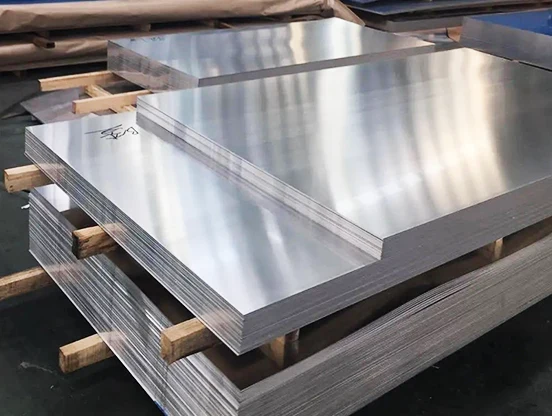
Aluminum Sheet
Manufacturers widely use these types of sheets in sheet metal fabrication because they are lightweight, corrosion-resistant, strong, and easy to form. They choose different aluminum alloys based on their strength, machinability, weldability, and corrosion resistance.
Properties of Stainless Steel Sheet Metal
✔ ⅓ the weight of steel, making it ideal for applications
✔ Strong yet lightweight, suitable for structural and high-load applications
✔ Forms a natural oxide layer, preventing rust and oxidatio
✔ Easily bent, stamped, and stretched without cracking
✔ Dissipates heat efficiently, making it ideal for heat exchangers and radiators
✔ 6061 & 5052 are easily welded and machined
✔ Available in brushed, polished, anodized, or powder-coated finishes
Advantages of Cold Rolled Sheet Metal in Fabrication
✔ ⅓ the weight of steel, making it ideal for weight-sensitive applications
✔ Naturally forms an oxide layer that protects against rust
✔ Easily bent, stamped, and shaped without cracking
✔ Excellent machinability – can be cut, drilled, and milled easily
✔ High thermal conductivity – dissipates heat efficiently
✔ Highly reflective – ideal for lighting and decorative panels
✔ Fully recyclable with low energy requirements
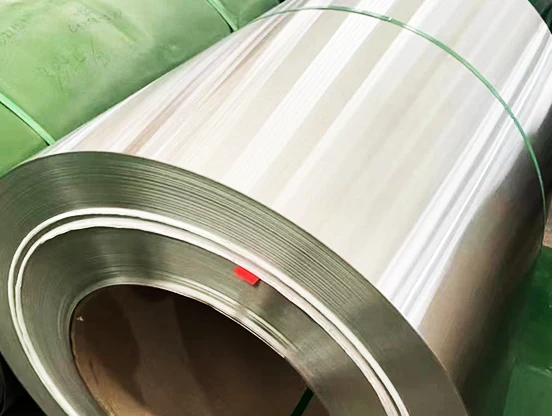
Stainless Steel sheet
Stainless steel sheets are widely used in sheet metal fabrication due to their strength, corrosion resistance, durability, and heat resistance. They come in different grades based on composition, strength, machinability, and weldability.
Properties of Stainless Steel Sheet Metal
✔ Excellent Corrosion Resistance – Resistant to rust, oxidation, and chemicals
✔ High Strength & Durability – Stronger than mild steel or aluminum
✔ Good Formability & Weldability – Can be bent, stamped, and welded
✔ Heat & Fire Resistance – Suitable for high-temperature applications
✔ Hygienic & Easy to Clean – Commonly used in medical and food industries
✔ Aesthetic Appeal – Provides a modern, polished look
✔ Magnetic & Non-Magnetic Grades – Different grades available for various applications
Advantages of Cold Rolled Sheet Metal in Fabrication
✔ Resists rust and oxidation in harsh environments
✔ Ideal for marine, chemical, and outdoor applications
✔ Grades 304 & 316 offer superior corrosion protection
✔ Stronger than mild steel and aluminum
✔ Withstands high impact, wear, and heavy loads
✔ Long service life, reducing replacement costs
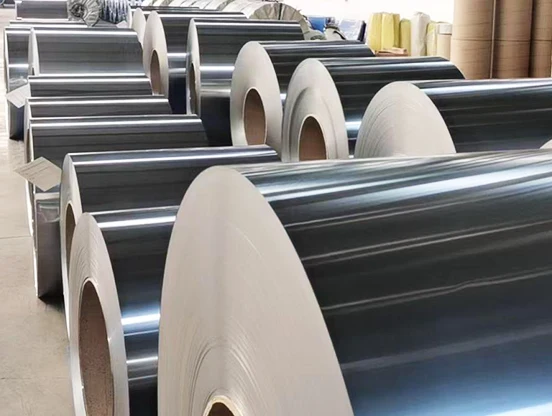
Cold Rolled Sheets
Cold rolled sheets are widely used in sheet metal fabrication due to their smooth surface finish, high dimensional accuracy, and improved mechanical properties. They are produced by rolling hot-rolled steel at room temperature, increasing strength and hardness through strain hardening.
Properties of Cold Rolled Sheet Metal
✔ Higher Strength & Hardness – Due to strain hardening
✔ Smooth Surface Finish – Ideal for painting & coating
✔ Tighter Thickness Tolerances – More precise than hot-rolled steel
✔ Better Machinability & Formability – Easier to cut and shape
✔ Good Weldability – Suitable for various joining processes
✔ Less Ductility – More brittle than hot-rolled steel
Advantages of Cold Rolled Sheet Metal in Fabrication
🔹 Dimensional Accuracy – Ideal for precision parts
🔹 Enhanced Surface Finish – Suitable for aesthetic applications
🔹 Higher Strength than Hot Rolled Steel – Better performance under stress
🔹 Good Weldability & Machinability – Can be used in multiple fabrication processes
🔹 Suitable for Coatings & Paints – Smooth surface allows easy finishing
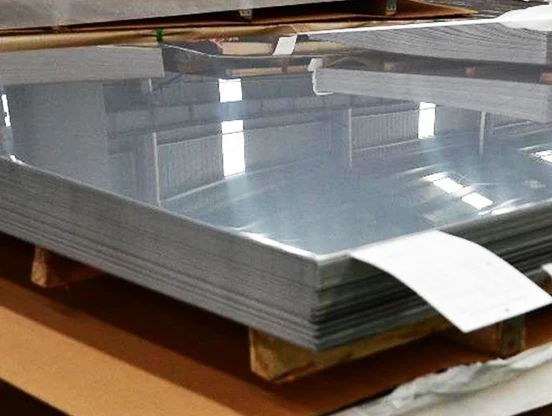
Hot Rolled Sheets
Hot rolled steel sheets are a cost-effective and widely used material in sheet metal fabrication due to their high strength, good weldability, and ease of processing. They are produced by rolling steel at high temperatures (above 1,700°F / 926°C), which makes the material more malleable and easier to shape.
Properties of Hot Rolled Sheet Metal
✔ High Strength – Suitable for structural and heavy-duty applications
✔ Lower Cost – More economical than cold-rolled steel
✔ Good Weldability – Suitable for various welding techniques
✔ Easier to Form & Shape – More ductile than cold-rolled steel
✔ Rough Surface Finish – Often requires additional machining or coating
✔ Less Precise Dimensional Tolerances – May shrink or expand after cooling
Advantages of Hot Rolled Sheet Metal in Fabrication
🔹 Cost-Effective – Lower manufacturing costs compared to cold-rolled steel
🔹 Excellent Weldability – Can be easily joined using MIG, TIG, and arc welding
🔹 Easier to Work With – Good ductility for bending, stamping, and cutting
🔹 Available in Larger Sizes – Ideal for heavy-duty applications
🔹 Good Strength-to-Weight Ratio – Strong enough for structural use

Hot-dip galvanization Sheet
Hot-dip galvanized (HDG) sheets are widely used in sheet metal fabrication due to their excellent corrosion resistance, durability, and cost-effectiveness. The process involves coating steel sheets with a layer of zinc by immersing them in molten zinc at approximately 450°C (842°F). This zinc coating provides a protective barrier against rust and oxidation, making it ideal for outdoor and industrial applications.
Properties of Hot-Dip Galvanized Sheet Metal
✔ Excellent Corrosion Resistance – Protective zinc layer prevents rust
✔ Good Strength & Durability – Maintains steel’s mechanical properties
✔ Self-Healing Coating – Zinc sacrificially protects exposed steel areas
✔ Good Weldability – Can be welded with proper precautions
✔ Moderate Formability – Can be bent and shaped, but zinc coating may crack
✔ Good Paintability & Adhesion – Can be painted or powder-coated for extra protection
Advantages of Hot-Dip Galvanized Sheet in Fabrication
🔹 Superior Rust Protection – Long-lasting zinc coating
🔹 Good Strength & Durability – Stronger than untreated steel
🔹 Cost-Effective – Cheaper than stainless steel with similar corrosion resistance
🔹 Low Maintenance – Does not require frequent repainting
🔹 Wide Application Range – Suitable for both indoor and outdoor environments
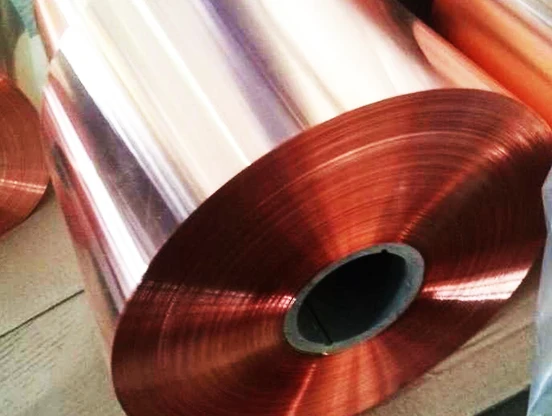
Copper sheet
Copper sheets are widely used in sheet metal fabrication due to their excellent conductivity, corrosion resistance, and aesthetic appeal. They are ideal for electrical, roofing, decorative, and industrial applications. Copper is easy to form, weld, and solder, making it highly versatile in manufacturing.
Properties of Copper Sheet Metal
✔ Superior Electrical & Thermal Conductivity – Ideal for electrical applications
✔ Excellent Corrosion Resistance – Resists oxidation, especially in marine environments
✔ High Malleability & Ductility – Easily formed, stamped, or bent
✔ Antimicrobial Properties – Naturally kills bacteria, useful for medical applications
✔ Attractive Appearance – Develops a unique patina over time
✔ Good Weldability & Solderability – Suitable for intricate assemblies
Advantages of Copper Sheets in Fabrication
🔹 Superior Conductivity – Essential for electrical and thermal applications
🔹 Corrosion-Resistant – Ideal for outdoor and marine environments
🔹 Aesthetic Appeal – Used in architectural and decorative applications
🔹 Easy to Form & Fabricate – Can be bent, stamped, and soldered
🔹 Antibacterial Properties – Perfect for healthcare and food processing equipment
How to Choose?
Choosing the right approach to sheet metal fabrication can make a significant difference in cost, efficiency, and product quality. Here are key factors to consider when making the right choice:
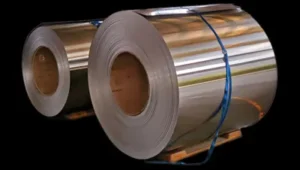
1. Material Selection
- Common Materials: Steel, aluminum, stainless steel, copper, brass.
- Factors to Consider: Strength, weight, corrosion resistance, conductivity, and cost.
2. Design and Complexity
- Complexity: Simple designs may benefit from traditional methods like stamping, while complex geometries might require laser cutting or CNC punching.
- Tolerances: Tight tolerances may necessitate more advanced machining and quality control.
3. Volume of Production
- Low Volume: Laser cutting and CNC bending for flexibility.
- High Volume: Stamping or progressive die forming for efficiency and lower cost per part.
4. Cost Considerations
- Material Cost: Different metals have varying costs; choose based on budget and application.
- Tooling Cost: Stamping requires higher upfront costs due to dies, but is cost-effective for mass production.
- Labor Cost: Automated processes reduce labor costs, while manual operations can increase them.
5. Surface Finish and Aesthetic Requirements
- Surface Treatments: Powder coating, anodizing, galvanizing for durability and aesthetics.
- Aesthetic Needs: Visible components may require special finishes.
6. Lead Time
- Evaluate the required production speed — laser cutting and CNC machining usually offer faster turnaround than traditional stamping.
7. Supplier Capabilities
- Assess whether the supplier can handle the material type, thickness, tolerances, and surface finishes you need.
- Look for experience in your industry to ensure expertise in application-specific standards.
8. Regulatory and Industry Standards
- Check compliance with standards like ISO, ASTM, or industry-specific certifications.
Common Sheet Metals Performance & Application
Die casting materials are primarily non-ferrous metals that have good fluidity, mechanical strength, and resistance to wear. The most commonly used materials are aluminum, zinc, magnesium, copper, lead, and tin alloys.
Name | Model | Physical Properties | Surface treatment | Application |
|---|---|---|---|---|
| Stainless Steel | SUS304 | excellent corrosion and heat resistance | Mirror Polished; Brushed; Deburred | Tableware, cabinets, indoor plumbing, water heaters, boilers, microwave ovens, etc. |
| SUS301 | Springs, EMI, terminals, etc. | |||
| Cold Rolled Steel | SPCC | Good tensile strength and hardness, good elasticity. | Powder Coating; Painting; Galvanizing | Mounting brackets, wall mounting brackets, enclosures, wireless gateways, signaling devices, etc. |
| Aluminum | AL6061-T6 | Easily scratched, rusted and oxidized | Anodizing; Mirror Polishing; Brushing; Deburring Sandblasting Conductive Oxygenation | Automation components, electrical components, cans, lids, bottles, drums, packaging foils, etc. |
| AL5052-H32 | ||||
| AL1050 | ||||
| Galvanized steel | SGCC | excellent corrosion and oxidation resistance | Deburring | Small Appliances |
| SECC | Household appliances, computer cases, some doors and panels | |||
| Hot Rolled Steel | SPHC | Excellent weldability and hardness | Deburring | Ships, automobiles, bridges, construction, machinery, and pressure vessels |
| copper | C1020 | very high thermal conductivity and corrosion resistance; excellent weldability | Tin plating; Nickel plating; Passivation | Electronic connectors, leadframes, relay springs, switch contacts, precision electronic connectors, terminals |
| C1100 | ||||
| C2100 | ||||
| 329 / Cu- PHC R360 |
